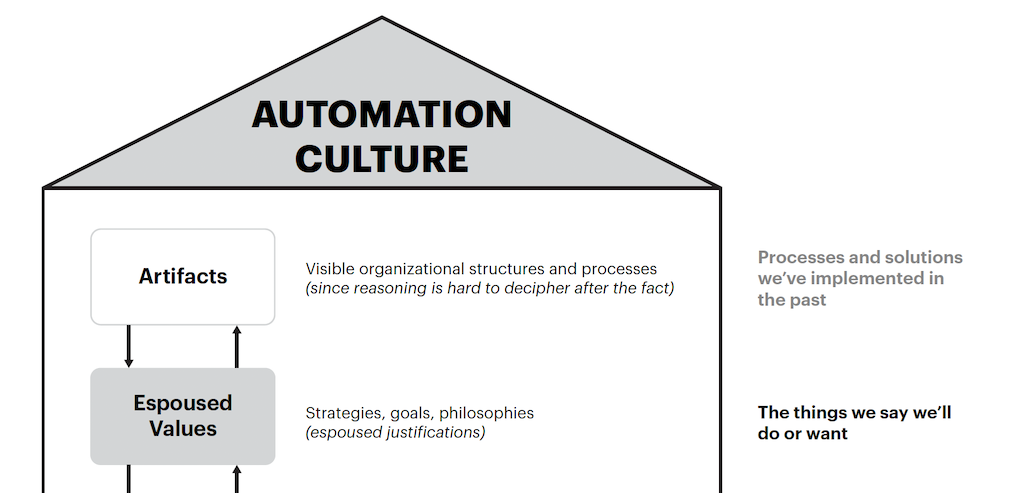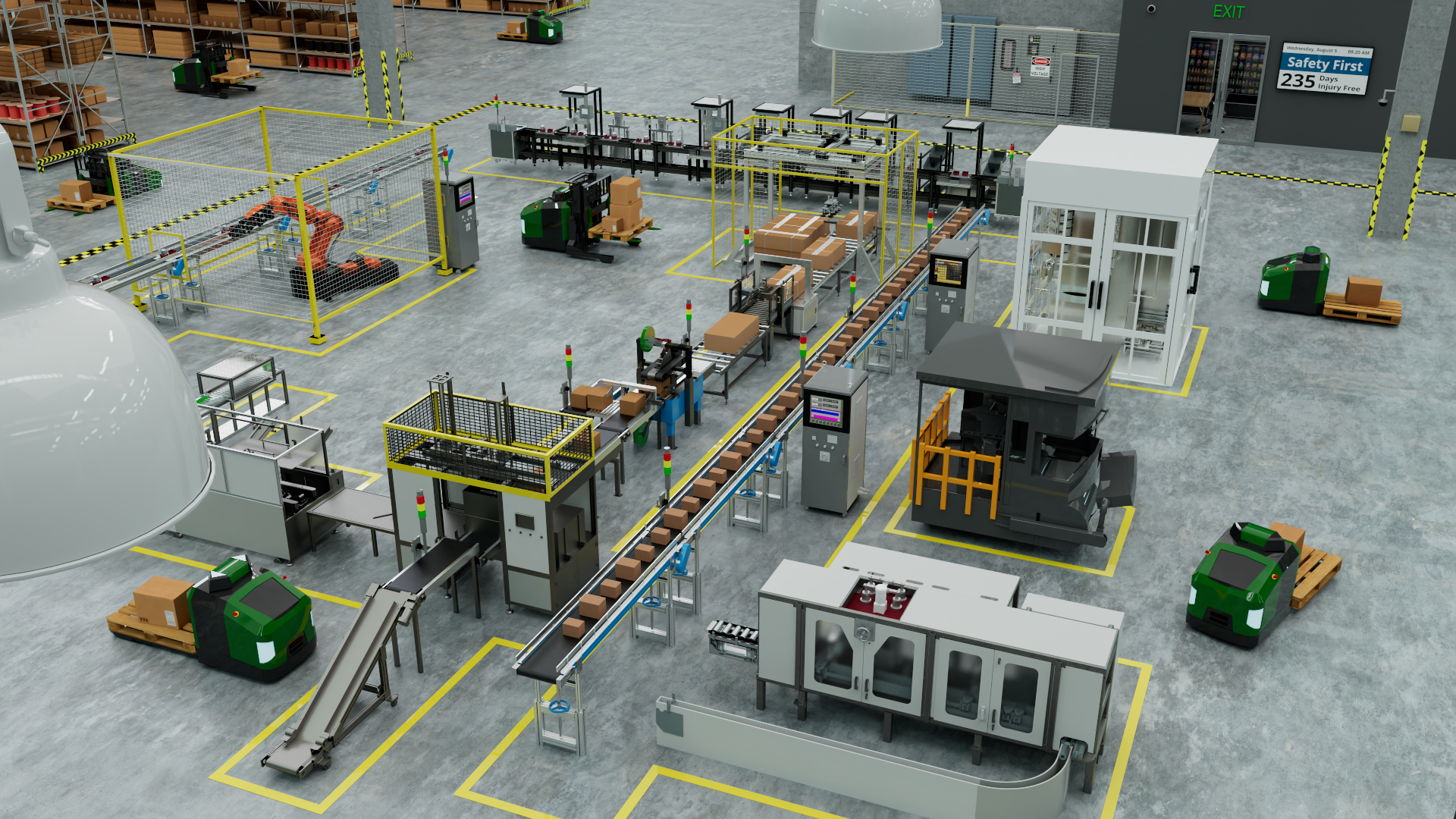Whether it’s a refinery, chemical plant, or other process-related facility, the primary control system must operate efficiently, safely, and economically. If it doesn’t, perhaps it’s time for an upgrade.
Plant and operations managers don’t wake up one day and realize their distributed control systems (DCSs) and programmable logic controllers (PLCs) may be approaching obsolescence and a plan of action should be formulated. Unfortunately, the realization that a process plant’s control platform is becoming ineffective typically comes too late, speaking from practical and economical perspectives.
When that realization comes, it’s time to do some type of control system upgrade. Whether piece by piece replacement over time or a full rip-and-replace migration is in order, there are four things to remember about DCS migration:
- Decide that DCS migration is necessary
- Decide the appropriate justification
- Plan the migration path
- Implement the migration plan.
The necessity of migration
John Rudolph, vice president of Lifecycle Solutions and Services at Honeywell Process Solutions, wrote in an article that appeared in the July 2016 issue of Control Engineering titled "Surviving a control system migration project":
"In its 2015 report, ‘Distributed Control Systems Worldwide Outlook,’ the ARC Advisory Group estimated that $65 billion worth of installed process automation systems in the world today are nearing the end of their useful lifecycles, which, in many cases, can exceed 25 years. Many of these systems—as much as $12 billion worth—are some of the original distributed control systems (DCSs) installed in the late 1970s. Ironically, many manufacturers treat their business systems and email servers very differently than their process control systems. Companies make a concerted effort to keep IT infrastructure current. The same level of emphasis is not yet common practice for plant automation."
Even though a legacy control system may still work well after 30 years or even longer doesn’t mean that it is operating efficiently, reliably, safely, or cost-effectively.
Jeff Morton, a sales manager at Cross Company Integrated Systems Group, wrote in an article that appeared in the January 2017 issue of Control Engineering titled "Six action items for an aging DCS/PLC": "Budgets are always a constraint and capital expenditures may be tight, especially for full distributed control system (DCS) or programmable logic controller (PLC) replacements, which are often multi-million dollar investments.
"That investment, though, is nothing compared to the cost if the production facility went down and could not recover for a week or more. What’s even more concerning than that is there are many facilities that are unprepared for system failure or obsolescence, which can have catastrophic consequences. Operations, facility, or engineering managers need to begin preparing for migration of your control system from a legacy system to current and supported architectures."
DCS migration justification
According to Rudolph, when it comes to keeping automation technology up to date, proactive is the new normal. Companies that migrate to a newer, more effective control system gain a key advantage over competitors that wait for assets to reach end of life. The "doing nothing" option is no longer viable.
In a Control Engineering article titled "Distributed control system upgrades for process control systems," Aneel Shahzad Baig, senior project manager at Intech Process Automation, wrote that reasons to upgrade a DCS include:
- End of life
- End of support
- Lack of knowledge or skilled resources to support legacy systems
- Performance issues
- Lack of openness for expansion or integration with newer systems
- Lack of features required for enhancing the control philosophies
- Maintenance costs.
Emerson’s Laurie Ben, director of global modernization business development, and Aaron Crews, director of global modernization solutions, offer additional reasons for a control system modernization project. Their article, "Using automation modernization for business success," appeared in the April 2017 issue of AppliedAutomation.
- Expense—the automation system is expensive to keep healthy.
- Decreasing value—the automation system has few tools and technologies to help meet current business needs and market pressures.
Plan the migration path
Although the initial decision to upgrade and justifying the migration project are necessary, the actual project planning is probably the most point to consider so far. There are so many decisions to which the classic engineering answer is applicable: "It depends."
Rudolph suggests the following upgrade possibilities for a legacy DCS: Upgrade possibilities for a legacy DCS include:
- Technology refresh involving replacement of legacy electronics
- Technology upgrades involving replacement of existing equipment
- Intellectual property upgrades transitioning to more advanced technology.
Typical migration alternatives, according to Rudolph, can include:
- Moving control to the current hardware to preserve the installed inputs/outputs (I/O) and all of the existing engineering
- Moving control to the current hardware to preserve the installed I/O and re-engineering the current control software
- Moving control to the current hardware, upgrading to new I/O, and re-engineering the current control software
- Removing the control system—including I/O—and completely re-engineering all of the control software.
Ben and Crews suggest three behaviors for achieving success in a DCS modernization:
- Begin with the end in mind
- Actively manage project risk
- Use a forward-engineering philosophy.
When planning any kind of DCS migration, one must not leave out the training aspect. "A DCS migration, particularly one in which a new platform is introduced, requires much thought and can unleash a variety of problems if not executed well. Training is a significant issue and should be approached carefully," wrote Peter Welander, contributing content specialist for Control Engineering, in an article titled "DCS migrations: Opportunity for improvement, or operational disaster" in the July 2016 issue of the magazine.
Implement the migration plan
There are many things to consider when faced with an aging DCS, but they can be summed up into these four things to remember: necessity, justification, plan, and implementation. By the same token, there are many challenges to consider as well.
"If properly planned and implemented, control system migrations enable industrial organizations to migrate legacy control platforms at their own pace, allowing new controllers to be added at any time and integrated with existing equipment," Rudolph said. "A well-executed strategy to address technology obsolescence delivers significant operational and business benefits through seamless integration of new and existing automation assets."
Jack Smith is content manager, CFE Media, Control Engineering, [email protected].
MORE ADVICE
Key concepts
- Even though a legacy control system may still work well after 30 years or even longer doesn’t mean that it is operating efficiently, reliably, safely, or cost-effectively.
- Companies that migrate to a newer, more effective control system gain a key advantage over competitors that wait for assets to reach end of life.
- Although the initial decision to upgrade and justifying the migration project are necessary, the actual project planning is probably the most point to consider so far.
Consider this
How old is the distributed control system (DCS) running your critical process? If it is approaching 30 years old, do you have a migration plan in place?
ONLINE extra
See related articles below, offering more information distributed control system (DCS) migration.



